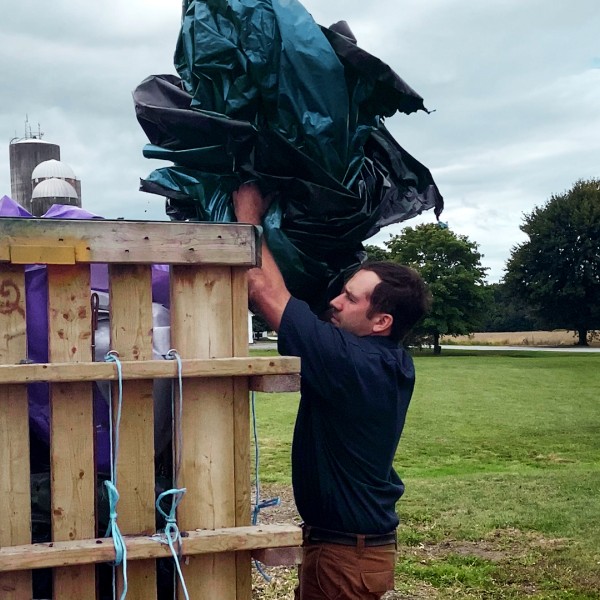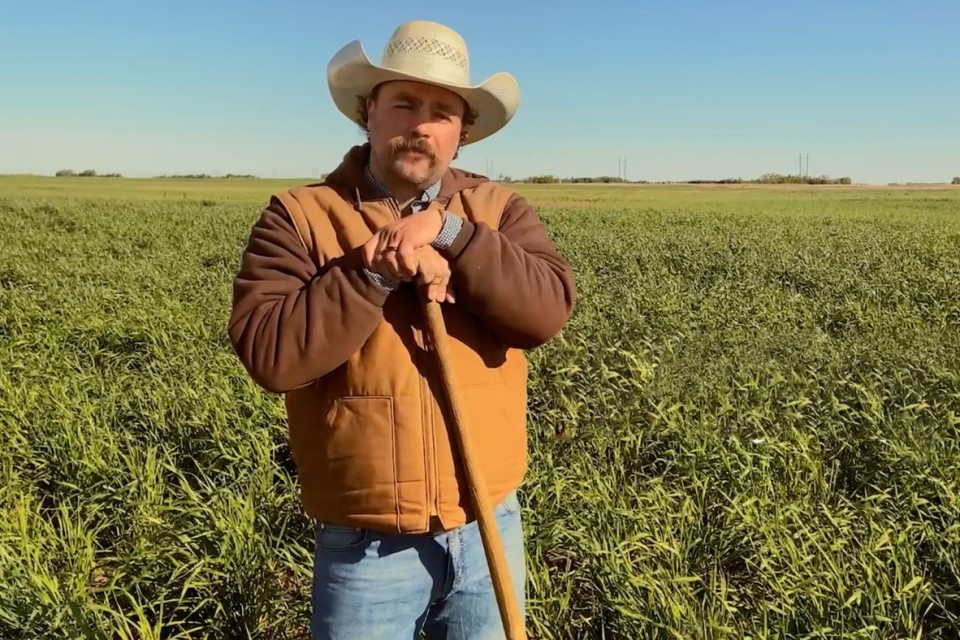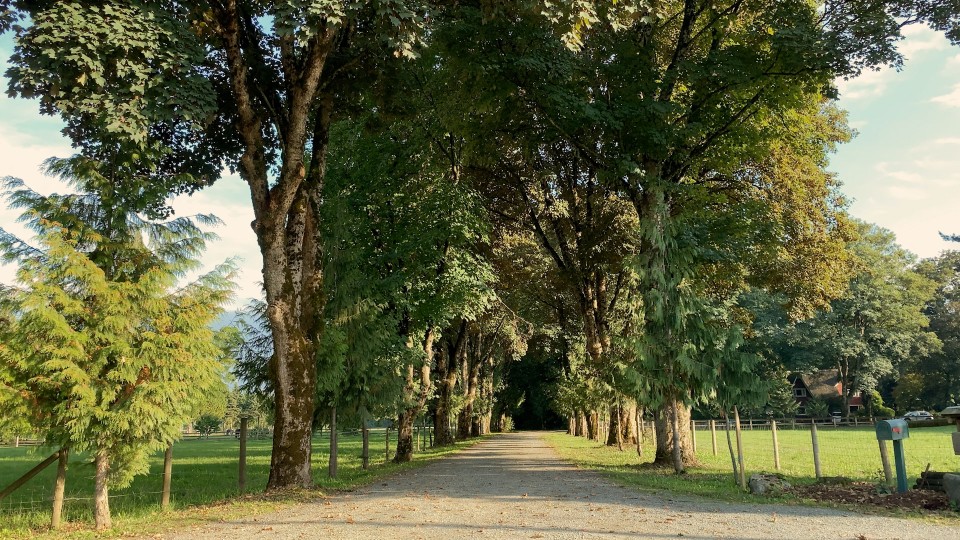Preserving Biodiversity
Canadian dairy farmers are proud to lead the way in caring for our planet by taking less from today. Preserving biodiversity is one of the sustainable strategies to care for their environment.
Some ways biodiversity can be introduced to dairy farms is by perennializing their crop rotation or converting to permanent perennials, maintaining grasslands, and planting trees, hedgerows, and shelterbelts.
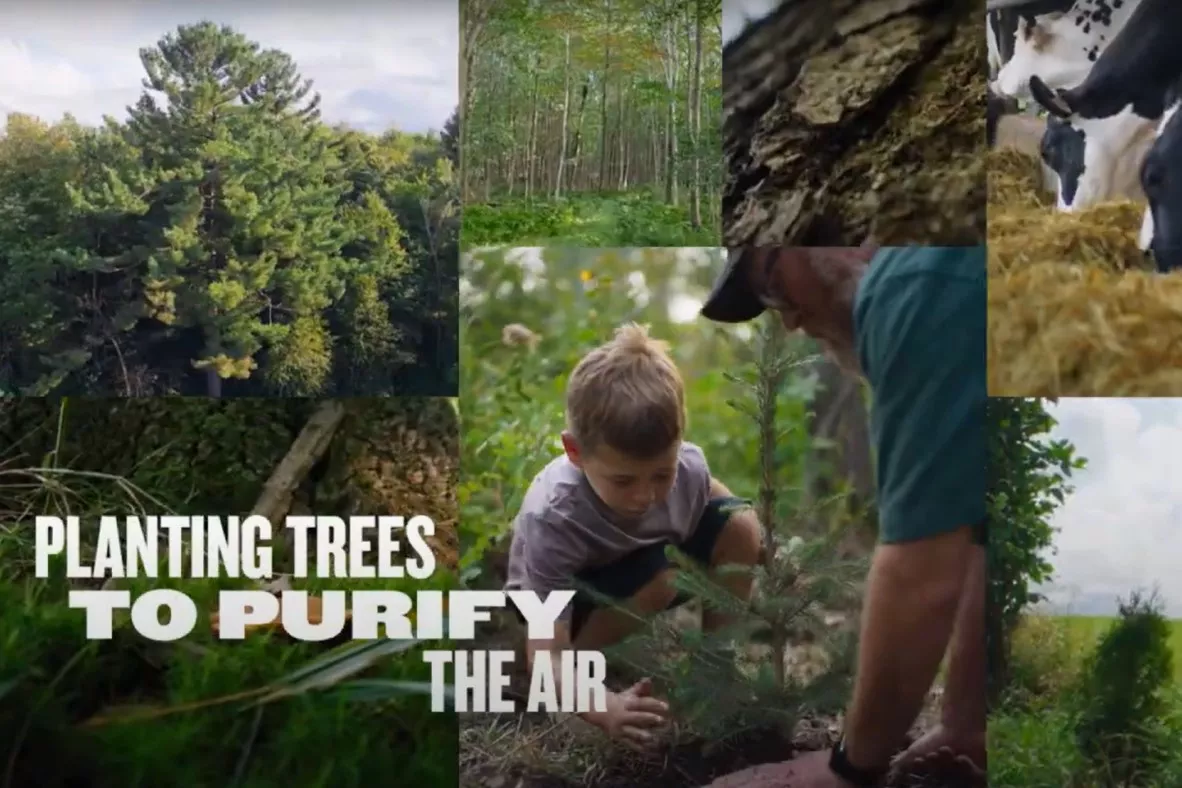
Why is biodiversity important on dairy farms?
When dairy farmers protect soil and plant life, it encourages healthy and thriving habitats for all the living creatures on the farm. Improving biodiversity not only helps the land and environment but also supports the productivity of the farm.
Canadian dairy farms are rich in biodiversity. From microorganisms and fungi to plants and trees to insects like bees, butterflies, and other pollinators. Biodiversity on farms also includes animals like native birds, rabbits, reptiles, and even coyotes.
What is being planted to promote biodiversity on dairy farms?
Trees (like maple), hedgerows (hedges of wild shrubs that tend to border a field) and shelterbelts (also called windbreaks, which are rows of trees/shrubs that prevent wind erosion).
Fields of perennial plants, and planting cover crops can enhance biodiversity, too.
Biodiversity in the soil is also important, because under the surface are microorganisms that contribute to overall environmental wellbeing.
How does wetland conservation impact biodiversity?
When dairy farmers restore wetlands on their farms, they plant wildflowers, shrubs and trees that attract insects, birds, animals and other plants to a natural habitat.
Learn more about wetland conservation on Mary Ann's dairy farm.
Do dairy farmers use perennial plants?
Some farmers include a deep-rooted perennial for at least 2 years within their crop rotation strategies. Alfalfa is an example of a great perennial plant that cows love, and it fixes its own nitrogen, contributing to long-term soil health and fertility. Other farmers plant permanent perennials in their pastures.
How do you maintain grasslands?
Depending on the farmer's needs and environmental conditions, three practices for maintaining a healthy and productive grassland are considered: mowing/haying, burning, and grazing.
Mowing reduces woody plant growth. Intentional and monitored burning encourages rejuvenation. Grazing a herd strategically allows for a field to have a rest period and re-establishes native plant growth.
These practices can reduce GHG emissions, improve soil health, and enhance biodiversity (in and above ground).
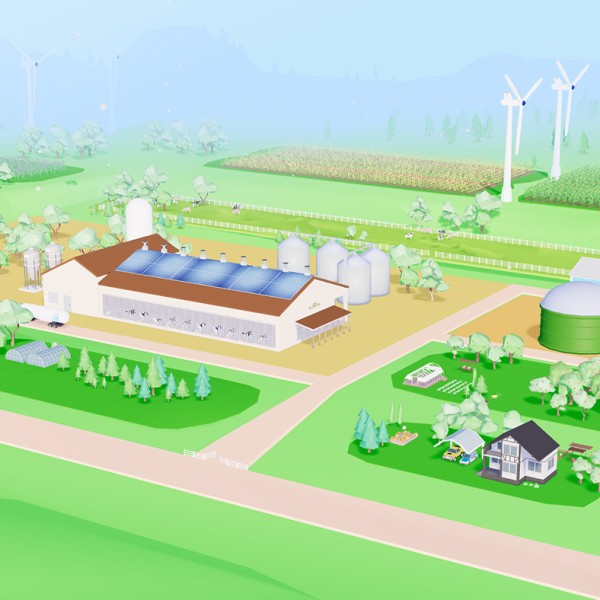
Canadian Dairy Farm Discovery
Explore Now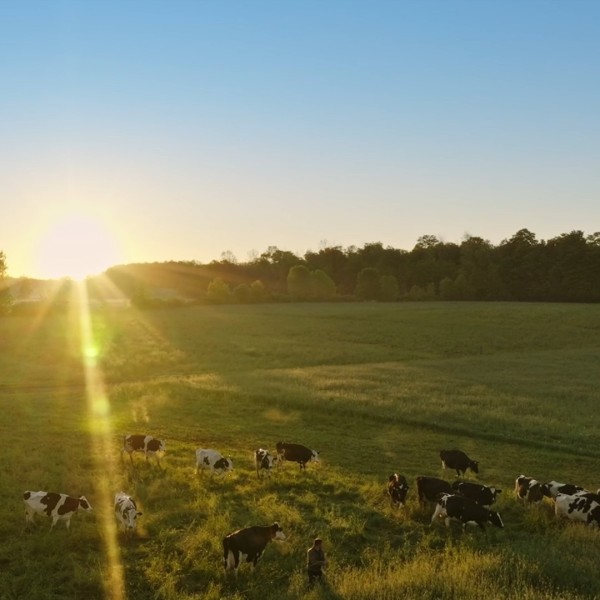
Net Zero by 2050
Learn More